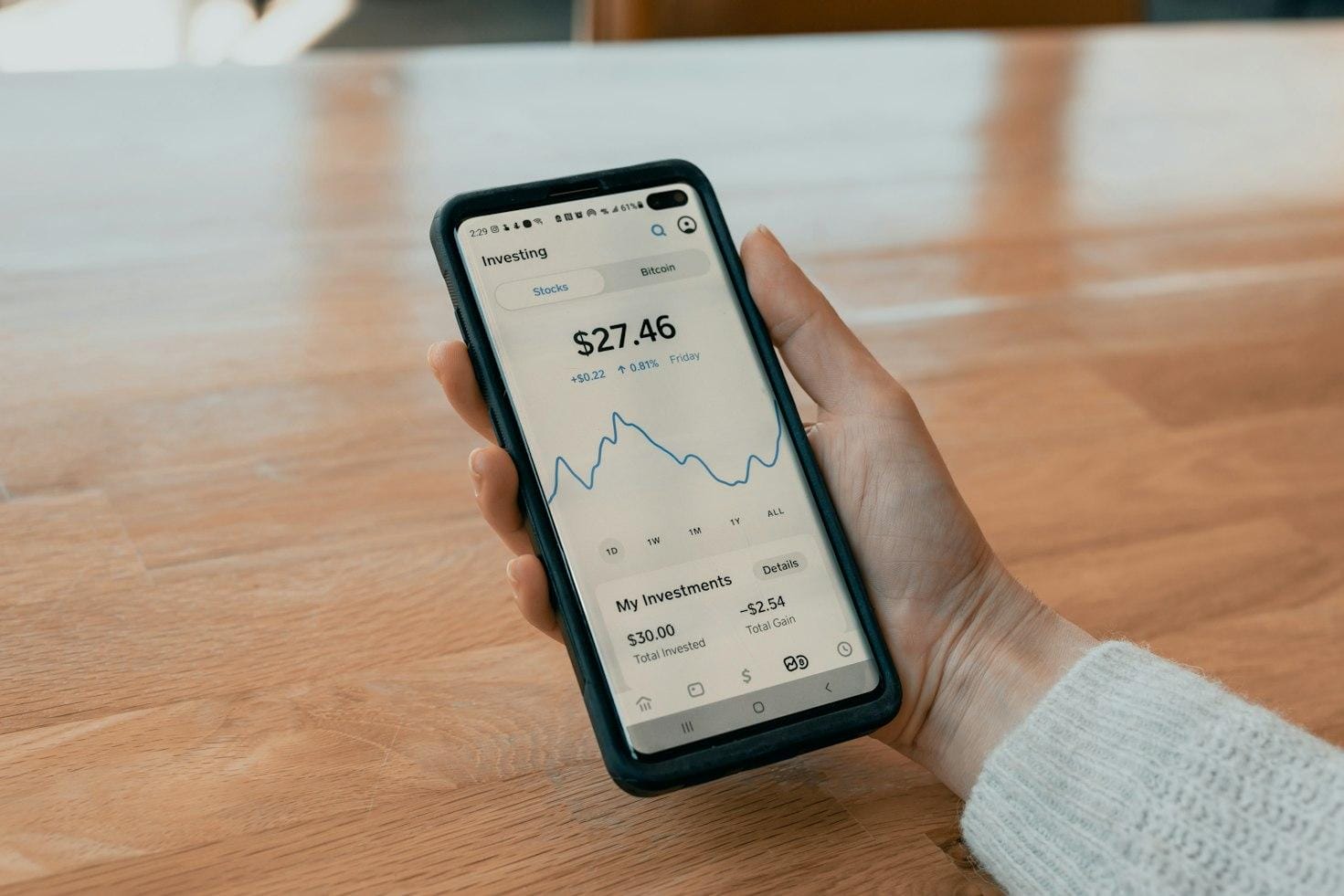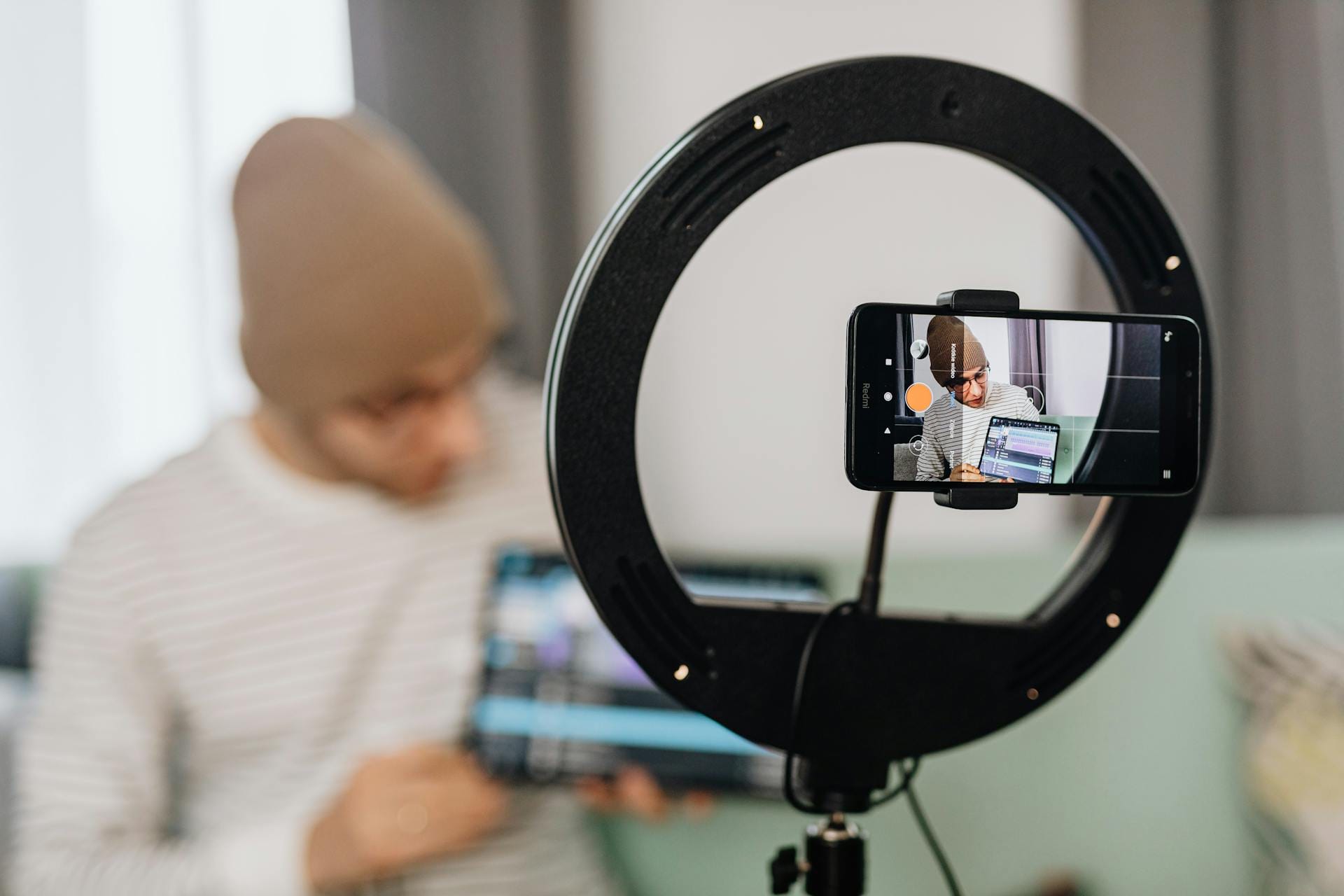
How to Invest Money in 5 Easy Steps
Investing is the best way to build wealth. Ask anyone living a rich life how they got there and theyll say investing. So it’s no wonder so many people want to know how to invest money.
I used to think investing was intimidating and scary. It actually turned out to be a lot easier than I thought. You dont need huge sums of cash or inside information about what stocks to pick.
You dont need to time the market, pick the right stocks, and get a hot IPO.
All you need to do is set up an automated system and stick to your plan for the long term. Youll have an incredible retirement and set up a passive income stream along the way.
There is some nuance depending on age, income, debt, goals, and risk tolerance. Ill go through all of it.
Regardless of your situation, you can start investing money in just five easy steps.
The Best Bets for How to Invest Money
1. Understand Your Options and Available Investments
Investing can be super complicated. Were going to avoid all the crazy stuff.
Dont feel like you need to memorize everything Im about to cover, Im going to go over the core types of investment so you have a feel for the landscape. Itll make the following steps much easier to follow. Treat this stuff as a reference list, come back to it whenever you need.
Heres a brief overview of some common investment options.
- Stocks When you buy a stock, youre purchasing a share of a specific company. Publicly traded companies (like Apple or Google) sell shares to raise money. Investors can buy or sell shares of a company among themselves. While stocks can earn high returns, they hold the most risk compared to other investment vehicles.
- Bonds Bonds are loans made to the government or a specific company. When you buy a bond, youre allowing the issuer to borrow your money and pay it back with interest. Bonds offer lower returns, but they are considered to be safer than stocks. The primary risk of a bond is if the company defaults. But buying a US government bond eliminates that risk.
- CDs CD is short for certificate of deposit. These are issued by banks and credit unions. They are similar to a bond in the sense that your money is tied up in a loan for interest earned at a fixed rate. Unlike a bond that can be sold whenever you want, a CD will tie up your money for the full duration of the deposit. If you pull your money out early, you usually pay a penalty.
- Mutual Funds Mutual funds are comprised of a basket of investments. Rather than picking individual stocks or bonds, you can invest in a mutual fund and they pick the investments for you. Mutual funds have a manager that will invest the money pooled by all investors into assets. Most mutual funds follow a specific strategy, such as investing in international stocks. The risk associated with a mutual fund depends on the holdings within the fund. They usually have higher fees that other investments since the investment managers need to get paid along the way.
- Index Funds An index fund is a type of mutual fund. But instead of paying a manager to choose investments, an index fund passively tracks a particular index (hence the name). For example, you can get an S&P 500 index fund, which holds shares of companies on that index. As a result, these funds mirror the performance of a particular market. These funds dont try to grow faster than the market, their only goal is to match it. Since very few people can beat the market consistently, index funds are the best choice for most investors.
- ETFs An exchange-traded fund (ETF) is similar to mutual funds and index funds. The most significant difference is how they are traded. An ETF trades just like a stock, you can buy and sell throughout the day. A mutual fund and index fund are only priced once per day.
- Options Options trading involves buying a contract. This contract gives you the opportunity to buy or sell a particular stock before a specific date at a set price. You arent obligated to buy or sell the stock; you simply have the option as the name implies. Dont worry about these, very few investors should consider them.
- High-Yield Savings Some of your investments should be kept in liquid cash. A high-yield savings account will be your best option for this. However, interest rates on these accounts will always be lower than other types of investments over the long term. Keep the cash you need for savings or emergencies in one of these accounts, then invest the rest.
You can start investing by opening a brokerage account on your own. Alternatively, you can invest through a broker who will buy and sell investment vehicles on your behalf. Be really careful with brokers, many of them will sell you under-performing investments that give them high commissions. You can handle all your investments yourself by opening a few key accounts.
Want to build a business that enables you to live YOUR Rich Life? Get my FREE guide on finding your first profitable idea.
2. Open The Right Investment Accounts
Before you pick the type of investments, pick the right types of accounts.
Picking the right accounts will save you hundreds of thousands of dollars in taxes.
401k
A 401k is a company-sponsored retirement plan. If your employer offers a 401k, you should open up this account right away. Especially if you get a company match.
Some employers will match your 401k contributions up to a certain percentage of your income.
This is free money that you need to take advantage of.
For example, lets say you make $100,000 per year. Your employer offers a 5% 401k match. If you invest 5% of your salary, your employer will match the amount dollar for dollar. This doubles your investment. In this example, you invested $5,000 and got an additional $5,000 deposited into your investment account. Thats free money. Take it!
Before you contribute money to any other accounts, make sure to max out any company matching. This will grow your investments the fastest.
The maximum annual contribution limits for employees participating in a 401k plan is $19,500 in 2020. You can withdraw money from your 401k once you reach 59 years of age. You could withdraw funds early, but youll pay a 10% penalty in addition to the taxes on your withdrawal amount.
If youve maxed out your 401K max, some of the other accounts in this list, and still have money left over, come back to your 401k and increase contributions until you max it out entirely.
Roth IRA
A Roth IRA is another type of retirement investment account. After taking advantage of a company 401k match, its the next best place to put your money.
When you put money into a Roth IRA, its tax-free forever. Not only does it grow tax-free, you wont owe any taxes on it when you take money out during your retirement. Its like having your own private tax-free island that the IRS cant touch.
In 2020, the maximum investment for a Roth IRA is $6,000 per year.
If at all possible, max out your Roth IRA every year.
SEP IRA
A Simplified Employee Pension Individual Retirement Account, or SEP IRA for short, isnt as common as a Roth IRA or 401k. Thats because its reserved for self-employed individuals and their employees.
An employer can contribute up to 25% of an employees annual compensation into an SEP IRA each year, as long as it doesnt exceed $57,000.
If you work for yourself, an SEP IRA is one of the best ways to save for retirement while simultaneously getting tax benefits. Self-employed individuals will use a special calculation to determine maximum contributions for themselves.
One of the most significant benefits of an SEP IRA is that your contributions lower your taxable income. However, youll pay taxes on your contributions plus any growth when you withdraw funds after reaching retirement age.
Brokerage Accounts
If youve maxed out your retirement accounts and still have money left over, you can always dump as much cash as you like into a brokerage account.
A brokerage account is basically a bank account that lets you purchase investments like stocks and bonds. First you add money to the account, then you can purchase the investments that you want.
Unlike retirement accounts, everything in a brokerage account gets taxed. So if you get dividends or sell something for a profit, youll have to pay taxes on those gains.
3. Set Up Automatic Contributions
The best way to get rich is to set up monthly contribution to your investment accounts every month. Do this for 2-3 decades and youll wake up with a ton of money in your account.
Every account allows you to set up an automatic monthly transfer. I like to set these up for 1-2 days after I get paid. That way, it never feels like I had the money in the first place.
Follow this order when setting up contributions:
- Max out any company match in your 401k
- Max out your Roth IRA
- Go back and max out your total 401k
- Consider a SEP IRA if youre self-employed
- Put anything else into a brokerage account
So how much should you be investing?
A good rule of thumb is to invest 20% of your take-home pay. Its low enough that many folks can manage this while being large enough to give you a nice retirement. The earlier you get started with this, the better.
If you want to invest more, go for it. But dont feel like you have to.
4. Pick Your Investments
Now that you have money coming into your investment accounts, its time to buy some investments.
Dont leave cash sitting in your accounts! Ive come across a ton of people that have done this accidentally. Youll be losing out on a ton of money, take the 5 minutes and put that money to work.
Theres two ways to do this.
Super Easy Method = Target Date Funds
If you hate thinking about investments, find a target date fund for each of your accounts.
These funds do everything for you. You decide the year you want to retire and the fund handles the rest. They pick the investments, rebalance everything, and skew your money towards safer investments as you get closer to retirement. Pick a fund with a target date when youll be 65-70 years old, it doesnt need to be perfect.
Youll literally pick one investment, set up automatic contributions, then never think about it again. It is by far the simplest way to deal with investments.
Advanced Method = Build Your Own Portfolio
If you enjoy finding investments yourself, you can build a portfolio yourself. You will make a bit more money this way by having fewer fees, target date funds have slightly higher expenses that standard index funds.
When building portfolios, I follow these rules:
- Stick to index funds, avoid mutual funds entirely.
- When youre young, skew heavily towards stocks.
- As you get closer to retirement, skew more towards bonds.
- Follow one of the lazy portfolios.
- Rebalance once a year.
- Invest up to 10% of your portfolio on any investment of your choice. Your returns will be worse but it allows you to scratch the investment itch without putting the rest of your portfolio at risk.
5. Sit Back and Do Nothing
Now youre done.
You set up automated contributions and payments. Lets say youre making enough money to max out your 401k, Roth IRA, and have money left over for a taxable account. Your automated contributions would look something like this:
- $1,625 per month to 401k
- $500 per month to Roth IRA
- $500 per month to an individual taxable account
The rest can remain in your checking account for guilt-free spending. Go out and live life, your retirement fund will take care of itself.
And when your pay increases, increase your contributions so you keep investing 20% of your income. This is the only change that you need to worry about.



